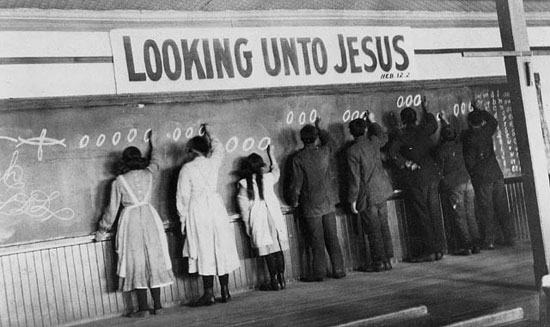For assignment 3.3, I will explain connections and meanings of the characters with the general context of the entire novel.
To begin, “Green Grass, Running Water” was written by Thomas King in an effort to portray the struggle of Native Americans to understand their identity. An unknown narrator interacts with the reader takes them on a journey where mystical and realistic elements of both tradition and modernity, native American culture and white culture, overlap in harmony.
The characters that I have chosen below are ones that I personally feel that I connect to the most. Their connections and meanings to the entire novel are of particular interest to me. Some of these characters even make a brief appearance in my assigned section of the novel, page 18-23.
To begin, we have Dr.Joseph Hovaugh. His character appealed to me because of his strong opinions and stubborn authority, and in particular how his character might signify the stubborn authority of the Caucasian settlers. The doctor is the head of a mental hospital and believes that no one has the right to ever challenge his point of view. He always needs to be in control, and is often very stoic and bitter. When reading GGRW, Dr. Joseph has four natives escape from his mental hospital. In this case, the mental hospital refers to the strict oppressive techniques applied in order to civilize the native Americans, while the doctor himself is a reflection of the ‘Godlike’ superiority complex of the Caucasians. By holding the native Americans within their ‘mental hospital’, the colonists and Caucasian individuals had the power to control and cure the disease of the savages.
Next on the list, we have Bursum Bill. He is another character with a prejudiced and strong opinion regarding the native americans that live in his area, and believes that they are subordinate and less worthy than him. This character refers to the Bursum Bill that affected many Puablo Indians during the 1920’s. The Bursum Bill was an attempt to settle and land disputes between white settlers and the native americans inhabiting the area. The Bill was designed to let settlers purchase native land in order to resolve the land disagreements. Causing more tension between the two groups, the Pueblo Indians grouped together and fought against the bill. They triumphed and beat the expectations of many government officials, proving that they had their right to fight and they would not be held down. This story is an interest to me because of the connection to the Bursum Bill in King’s story. Owner of an electronic store, he decided to create an intricate and difficult promotional campaign. Consistently demonstrating his lack of respect, he denounces the natives and states that they aren’t ‘true’. In the end, his favorite TV show changes it’s ending to show the natives triumphing, therefore reflecting the triumph of the Pueblo Indians in their fight against the Bursum Bill.
Lastly, there is Alberta Frank. She is a single woman who desperately wants to experience motherhood, however she is unable to choose between her two loves. She wants to have kids, but is unable to commit to marriage. Her story is of interest to me due to her significance in north american history. Frank, Alberta is the location of one of the greatest landslides caused by negligible mining. Just like the mountainside could not handle the pressures from excessive mining, Alberta might not be able to handle the stress and the ticking of her biological clock. She might have a complete meltdown! Her story particularly speaks to me because of the association to sustainability and conservation.
The significance and deeper meanings of the characters in context to the novel are great. Dr. Joseph and Bursum both conceptualize the idea of treating natives as subordinates. In the end, Dr. Josephs ‘mental’ (savage) patients escape, while Bursums TV shows a different triumphant outcome. Alberta displays a more ecological message that alludes to treating mother nature (as well as herself) more carefully.
Works Cited:
King, Thomas. Green Grass Running Water. New York: Bantam Doubleday Dell Publishing Group, Inc., 1993. Print.
Frank Slide. Wikepedia: Frank Slide, Turtle Mountain. 2014. Web. 21. Mar. 2014.
“Bursum Bill” Liz Collins Classroom Website. 2014. Web. 22. Mar. 2014.



Recent Comments